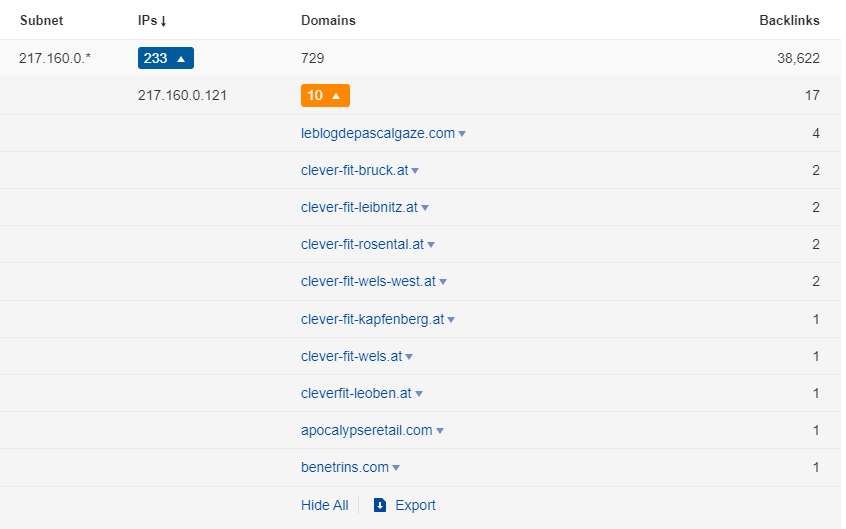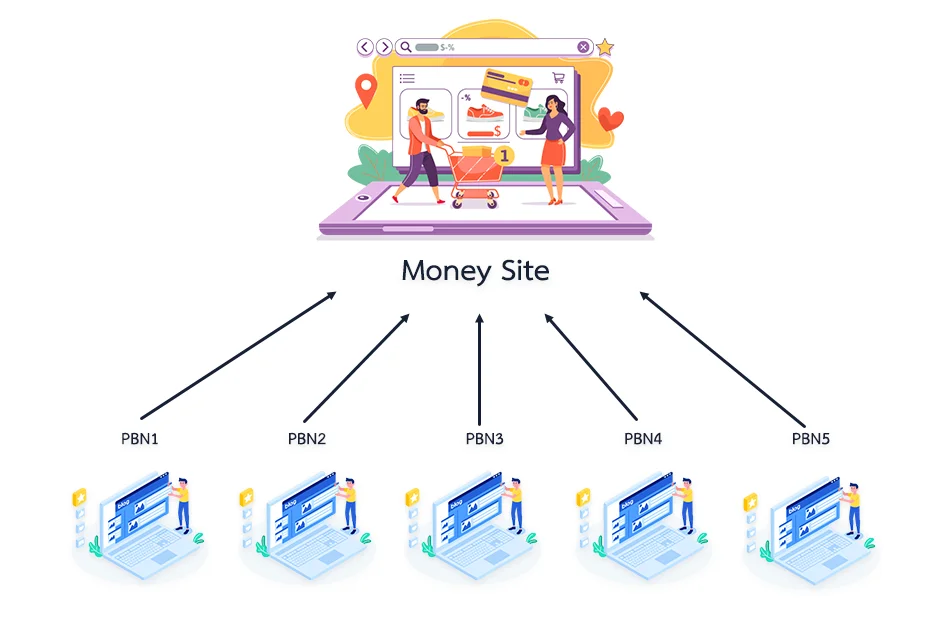All Categories
Featured
Table of Contents
- – Who Is The Top Optimizing For Semantic Search
- – What Is The Leading Semantic Seo Tools Service
- – Top Semantic Tagging For Seo Sales Near Me
- – What Is The Top Semantic Seo Checklist
- – Which Is The Leading Semantic Search Optimiz...
- – Which Is The Leading Semantic Seo Content An...
- – What Is The Most Reliable Semantic Keywords ...
The web is altering, ending up being increasingly more semantic. Search engine optimization is additionally altering and becoming a lot more semantic. This is since search engines have developed and are moving a growing number of in the direction of checking out content on the web. Of program, that has also changed the means we produce material, particularly if we wish to place far better in the online search engine.
, the leader of the Internet, spoke of to represent the concept that all things in deep space are deeply interconnected. Intertwingularity is not normally acknowledged, people maintain acting they can make points deeply ordered, categorizable and consecutive when they can not. Everything is deeply intertwingled. Based on the relationships in between search objectives, the online search engine favors a content in positioning by computing the range between the vectors of definition.
It permits you to see, beginning with a topic, all the entities that are associated to that subject. In this manner you can clearly see which entities/concepts/ideas have currently been covered on your website, and you can find new possibilities by recognizing what web content you can include and exactly how to develop it.
Who Is The Top Optimizing For Semantic Search
It has the ability to make your content understandable for search engines on the one hand and for your audience on the other. Structuring your material model highlights your material and its underlying relationships to make sure that search engines can acknowledge you amongst thousands of pieces of info, making you more visible to users who meet the search intent pertaining to your company.
In semantic SEO copywriting, an editor begins with a wider range of topics and tailors the web content to consist of semantically relevant terms and phrases that assist visitors recognize a subject, comparable to checking out content in a wiki. From a material composing viewpoint, one useful means to do this is to create a vocabulary of terms and questions surrounding your target subject.
What Is The Leading Semantic Seo Tools Service
Learn a lot more regarding by viewing the by!.

Semantic search refers to the procedure of just how online search engine understand and match key words to a searcher's intent in organic search engine result. Before semantic search, online search engine like Google ran like matchmakersaligning specific words in your question with those exact words on webpages. The results were simple yet typically did not have depth.
Top Semantic Tagging For Seo Sales Near Me
It enables Google to use fast, accurate solution to search inquiries regarding real-world topics. When you type an inquiry word into Google, you're not just getting in a series of words. You touch right into an intricate internet of significances and connections. Google's Understanding Graph sees these words as entities with context and partnerships.
When you look for "Apple," Google doesn't simply see a word that defines a fruit. It recognizes Apple as a business and can give related information. It was Google's response to the increase of voice searches, where queries ended up being a lot more conversational and nuanced.
What Is The Top Semantic Seo Checklist
By integrating NLP, Hummingbird permitted Google to move beyond simple keyword matching. It aided the search engine comprehend search intent, raising the probabilities that results would accurately match the reason behind an individual's search.
Making it a lot more efficient at handling never-before-seen search questions. RankBrain considers even more than just keyword phrases when analyzing a search question.
It brings outcomes that match the key phrases and straighten with the total intent of offering puppy training guidance. And if the individual regularly looks for dog-related material, Google could prioritize extra comprehensive training guidesrecognizing the customer's recurring rate of interest in the topic. Integrating modern technologies like the Knowledge Chart, Hummingbird, and RankBrain, semantic search aids the Google algorithm translate and link information throughout a large internet of info.
Which Is The Leading Semantic Search Optimization Company
The emphasis shifts from keyword selection to an alternative approach encompassing user intent, topical relevance, and total customer experience. Developing material that attends to the searcher's demands with extensive info can enhance your SERP rankings.
And sort of content can best satisfy their needs. A wider technique to material aligns better with semantic search's shift far from specific key phrase matching and towards customer intent. Which discusses the enhanced emphasis on topic collections, instead of private key phrases. Material that covers search inquiries a lot more thoroughly not only satisfies users.
And five times greater than websites that take 10 secs to tons. While technical search engine optimization makes certain optimum web site performance and availability, concentrating on user experience (UX) takes it an action better. UX intends to develop an aesthetically appealing, easy to use interface with appealing, top quality content that encourages site visitors to stay. Semantic search modern technology makes it possible for online search engine to go for outcomes that supply the very best possible UX.
Which Is The Leading Semantic Seo Content Analysis Company

All display Google's capability to resolve a topic query comprehensively. By recognizing the context and intent behind customer queries, internet search engine can deliver much more pertinent information and potentially raise individual interaction. Personalization in search results creates far better UX.Based on your past search background and preferences as a user, semantic search assists internet search engine tailor the results to fit your unique requirements and interests.
It fetches results that match the search phrases and align with the total intent of providing pup training advice. And if the customer frequently looks for dog-related content, Google could prioritize much more thorough training guidesrecognizing the individual's recurring passion in the topic. Incorporating modern technologies like the Knowledge Chart, Hummingbird, and RankBrain, semantic search helps the Google algorithm analyze and link data throughout a large web of information.
What Is The Most Reliable Semantic Keywords You Can Buy
The focus shifts from keyword option to an all natural method incorporating user intent, topical relevance, and overall individual experience. Developing content that resolves the searcher's requirements with comprehensive info can boost your SERP positions. Listed below, we describe the fads and techniques that consolidate the need for semantically notified material. Later, we give workable pointers to transform these understandings into finest practices.

And kind of content can best satisfy their demands. A broader approach to content aligns better with semantic search's change far from specific key words matching and toward user intent. Which discusses the increased emphasis on subject collections, instead than individual key phrases. Web content that covers search inquiries a lot more extensively not just pleases users.
UX aims to produce a visually attractive, easy to use user interface with interesting, top quality material that urges visitors to stay. Semantic search technology allows search engines to aim for outcomes that give the best possible UX.
All showcase Google's ability to resolve a subject inquiry thoroughly. By comprehending the context and intent behind individual queries, search engines can provide extra relevant details and potentially raise user involvement. Personalization in search results produces far better UX.Based on your past search background and choices as a customer, semantic search helps search engines tailor the outcomes to fit your unique demands and interests.
Table of Contents
- – Who Is The Top Optimizing For Semantic Search
- – What Is The Leading Semantic Seo Tools Service
- – Top Semantic Tagging For Seo Sales Near Me
- – What Is The Top Semantic Seo Checklist
- – Which Is The Leading Semantic Search Optimiz...
- – Which Is The Leading Semantic Seo Content An...
- – What Is The Most Reliable Semantic Keywords ...
Latest Posts
What Is The Most Suitable Semantic Seo Framework Plan?
What Is The Top Semantic Content Creation Program?
Top Optimizing For Search Intent Store Near Me
More
Latest Posts
What Is The Most Suitable Semantic Seo Framework Plan?
What Is The Top Semantic Content Creation Program?
Top Optimizing For Search Intent Store Near Me